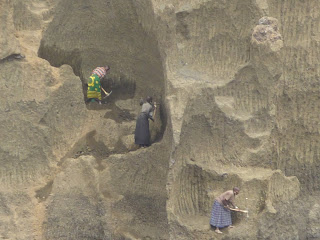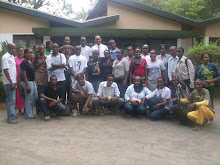More than 30 kinds of birds and their cry!!More than 30 species of birds within Mbeya city but it keeps decreasing yearly. The species include Sunbirds, Pied crow, Hammerkop, Black Kite, Olive Pigeon, African Mourning Dove, Common bulbul, White Browned Robin Chat, Variable Sunbird, Black and White Mannin,Yellow White-Eye, Amethyst Sunbird, Eastern Double Collared Sunbird, Tawny-Flanked Prinnia, Schalows Turaco, Barn Swallow and many others. These are found in districts of Mbeya town, Mbeya rural, Chunya, Rungwe, Mbozi, Kyela Ileje and Mbalali.















